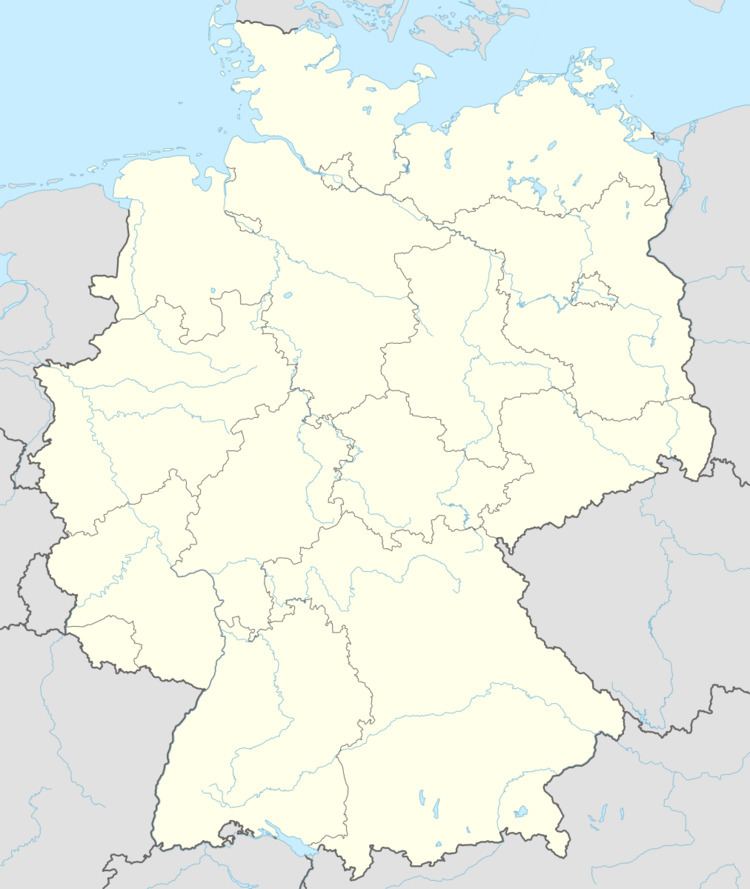District Neustadt a.d.Waldnaab Time zone CET/CEST (UTC+1/+2) Area 54.41 km² Local time Monday 6:24 PM Dialling code 09603 | Elevation 487 m (1,598 ft) Postal codes 92685 Population 3,507 (31 Dec 2008) Postal code 92685 | |
 | ||
Weather 7°C, Wind W at 6 km/h, 53% Humidity | ||
Floß is a municipality in the district of Neustadt (Waldnaab) in Bavaria in Germany, Europe.
Contents
- Map of Floss Germany
- Town Subdivision
- History
- Coat of Arms
- Places of Interest
- Cultural Events
- List of People
- References
Map of Floss, Germany
Town Subdivision
The civil parish Floß is composed of 35 official named districts.:
History
The origin of settlement goes expected back to friars. The first mention is found from 948: "Occisio paganorum ad flozzun", which is translated to the Hungarians were conquered by the duke near Floß. The town was in possession of House of Hohenstaufen and was awarded to market town by its sovereigns, Markgraf Friedrich von Brandenburg and Pfalzgraf Johann, in 1421. Since 1438/39 the market town was under control of Wittelsbacher. 1556 Protestantism is firstly mentioned, 1648 a Jewish community. Subsequently it was part of Duchy of the Wittelsbacher Pfalz-Sulzbach, which belonged since 1777 to Kingdom of Bavaria. It has its own market tribunal with municipal rights. Between 1802 and 1809 Floß lost the most of its rights in the course of diverse land reforms. The formally commercial relevance faded. A large fire in 1813 almost burned the town to the ground. Baron von Lichtenstein rebuilt it in its current form. From 1885 to 1992 there was a connection to the rail network between Weiden and Eslarn with the railway stations Gailertsreuth, Floß, Haupertsreuth and Grafenreuth. At 22 April 1945 Floß was taken, after more than twenty years under influence of the NS party, by the American Allies.
Coat of Arms
Blazon: In Gold aus blauen Wellen wachsend ein rot gekrönter schwarzer Adler.
Heraldic animal is a in gold out from blue waves rising red crowned black spread eagle. The emblem is known since the 14th century.
Places of Interest
Nowadays Floß is on the Castle Route from Mannheim to Prague and the Golden Route from Nuremberg to Prague as well it is one station of the 1570 km Paneuropa-Bike Path from Prague in the Czech Republic to Paris in France.
